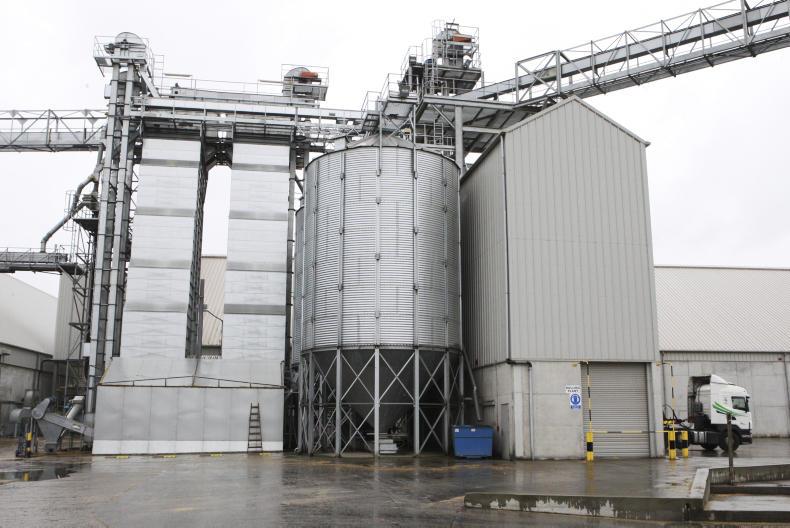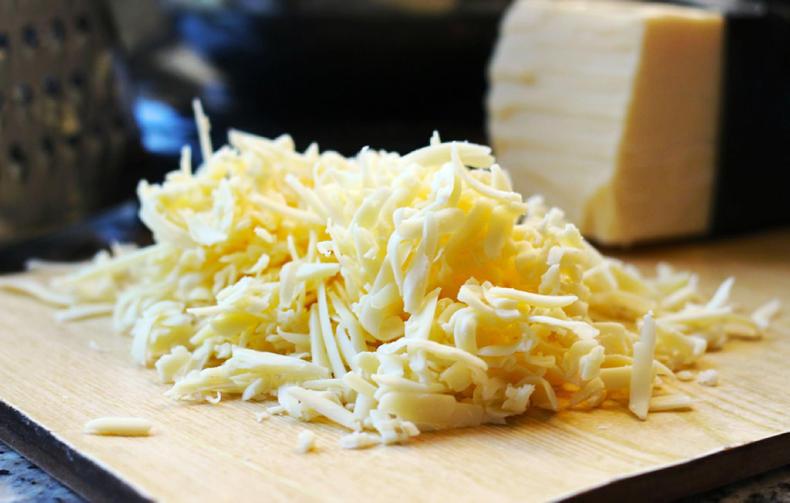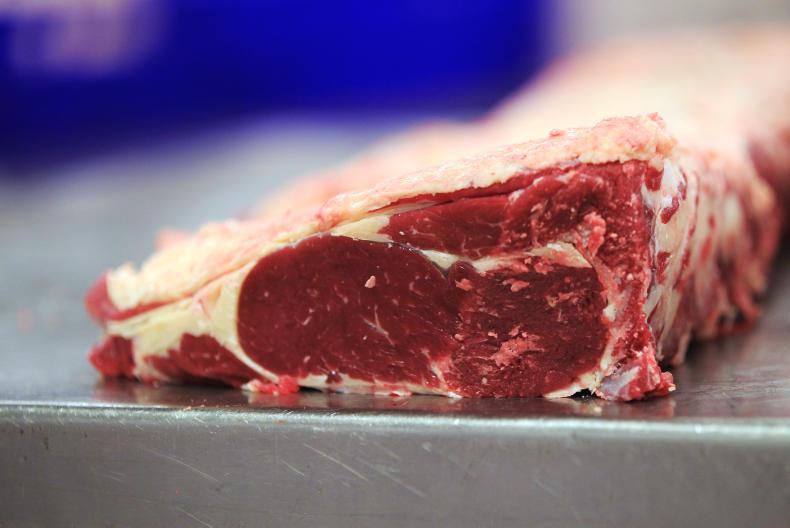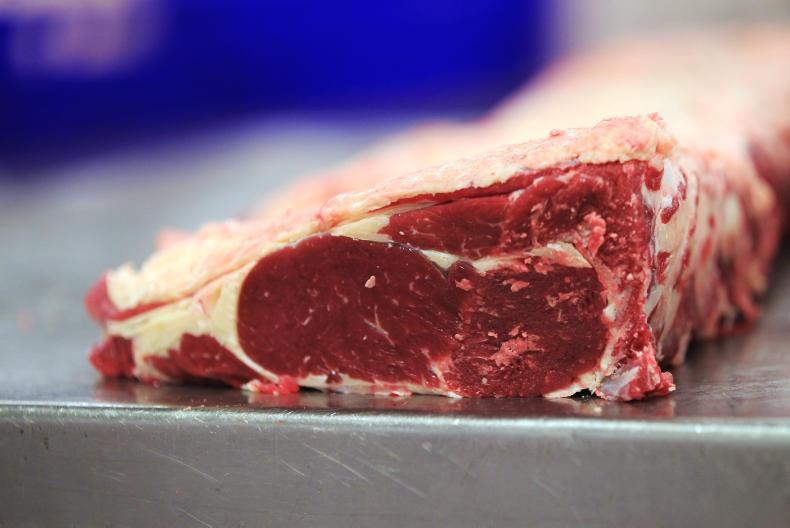Settling on a harvest price is always a gamble for grain buyers, be they co-ops or grain merchants. After all, it is commodity stock that these businesses are pricing and buying over a single month and selling over the following eight months.
Like all commodities, the price is not determined by local factors, rather that of global supply and demand, economic conditions, exchange rates, sentiment and harvest pressure.
Being only 50% self-sufficient in grain, it is the import price landed at an Irish port, that ultimately determines the price farmers receive for their grain in a global commodity market.
The challenge for grain farmers, is to understand what is underpinning this price and how the local market diverges from that.
In recent years, prices have become much more volatile. Thanks to forward-selling schemes for dry grain, plus a green grain forward-selling option developed originally by Glanbia, farmers have the option to forward-sell grain prior to harvest to help manage volatility.
These schemes are win-win for both the farmer and the grain buyer as they reduce the risk of either buying or selling grain one day post-harvest. A farmer may not get the highest price over a period but, likewise, he may not get the lowest price.
Even if he sells 20% of his grain forward, he holds the option to sell the other 80% at a later date.
Glanbia Ireland has said that 20% of its total intake, or 50,000t, is now bought through such schemes.
Current market price
Assessing the market price for Irish grain is complex and based on a number of factors. Firstly, wheat price tends to be the benchmark because it is a much bigger traded commodity and there are many actual futures markets. Irish grain buyers traditionally watch the MATIF wheat futures in Paris.
Closer to home, the UK barley price is currently at around €170/t ex-port. The UK has had a large barley harvest this season with production forecast to increase by 11% to 7.4m tonnes. This brings pressure to export barley this season. This, coupled with a weak sterling, has widened the price differential between UK wheat and barley to £20/t.
Elsewhere, barley has been trading at €160/t loaded on big 60,000t ships at ports where large volumes can be supplied. Once shipping and haulage is added, this translates into a price of €170/t to 175/t landed at port.
Taking €170/t as an indicative import price, this equates to a green barley price of €140/t following the subtraction of the €30/t industry standard drying charge.
As the grain will be used and sold over the winter, the biggest risk for buyers of grain is if this stock falls in price before it is sold or used.
Is it a three-card trick?
Dairygold was the first out of the blocks this year with a harvest price when it announced it was paying €140/t for green barley. On top of this, the co-op said it will pay a support to its member grain farmers of €5/t, based on a minimum inputs purchase.
Speaking to industry sources this week, the prevalent sentiment among grain buyers was that an average of €140/t was the accepted base price for green barley this year based on global markets and import prices.
However, Glanbia Ireland, the newly formed joint venture and the largest buyer of grain in the country, announced a base price of €133/t for green barley this season. This price raised many eyebrows and left many grain growers asking if it was a three-card trick?
Glanbia Co-op is offering a member support of €14/t (after buying €40/t minimum inputs) on all grain, meaning many farmers will see a net price of €147/t for green barley this season. However, it is legitimate for farmers to ask if Glanbia Ireland is using co-op supports (farmer money) to conceal the below market base price of €133/t.
If Glanbia Co-op wishes to support its farmer members by €14/t, it is entitled to do so. This support is not derived from the market, but from the co-op’s investment in Glanbia plc. This is the support fund that keeps itself topped up from the plc dividends or selling down a portion of the plc to create a member support fund. Either way, it is farmers’ own money handed back to them in an alternative way.
Glanbia tillage farmers would rightly expect any supports to be paid out on top of a market average base price, which this year equates to €140/t. Based on this base price, Glanbia growers would be getting €154/t for their green barley with supports included.
Instead, Glanbia Ireland has paid a base price of €133/t that is €5/t to €7/t below the industry average this season. So why is the largest buyer of Irish grain offering the lowest price for barley in the country?
Glanbia would say it is paying a market price [based on its cost structure] and that others are funding it off their balance sheets.
This is difficult to stomach. Firstly, the market price is evidently higher. Secondly, competing grain buyers in an extremely thin margin business are hardly going to risk their businesses any further by offering a higher price from the market currently, given they must sell over the following months at an unknown price.
Is Glanbia Ireland therefore protecting itself against the market falling in the future? This could be the case, but the market is always uncertain.
When then is a farmer actually selling to get the harvest price?
A farmer realistically expects to get a price based on current and future expectations, understanding that if the market goes up, the buyer will benefit by passing it on.
Similarly, if the price goes down, the buyer will lose. Either way, the farmer understands he has moved the risk to the merchant or the mill on the day of sale.
Glanbia Ireland says 40% of its total intake attracts some level of premium or bonus, which is worth €2m in total or €8/t. This is impressive but many of these schemes have tighter controls and restrictions.
And given that there is an initial €7/t lower base price, are they really bonuses at all?
Glanbia has 40 intake points where only 16 have drying facilities. Like all commodities, this is a logistics game and more drops create inefficiencies and cost.
While Glanbia has larger drying sites, the 24 non-drying sites add a layer of cost. Glanbia is addressing this for next year by paying an allowance to deliver grain directly to drying sites.
With Glanbia Ireland paying €7/t below other grain buyers that amounts to €1.4m on the 200,000t it buys at harvest. This would go a long way towards funding any feed discount scheme.
But farmers are actually losing out. It could be suggested the €133/t Glanbia Ireland is paying has dragged down the whole market and would the industry be paying €142 everywhere if the supports were not in place?
The original purpose of creating a support fund according to Glanbia was to smooth out the dips in volatile markets. But has it morphed into a competition distorting price subsidy?
It certainly brings a non-market dimension to the price paid for grain. Does this take pressure off management to deliver better performance in terms of real market prices.
The co-op supports allow Glanbia Ireland to use co-op money to subsidise grain, buying it under the market, therefore reducing the risk for Glanbia. But when it flows beyond the doors of Glanbia stores and pulls down the value of grain, it is ultimately the grain farmer who is the one losing out.
Might it be time for grain farmers to ask who is supporting who under the Glanbia model?












SHARING OPTIONS